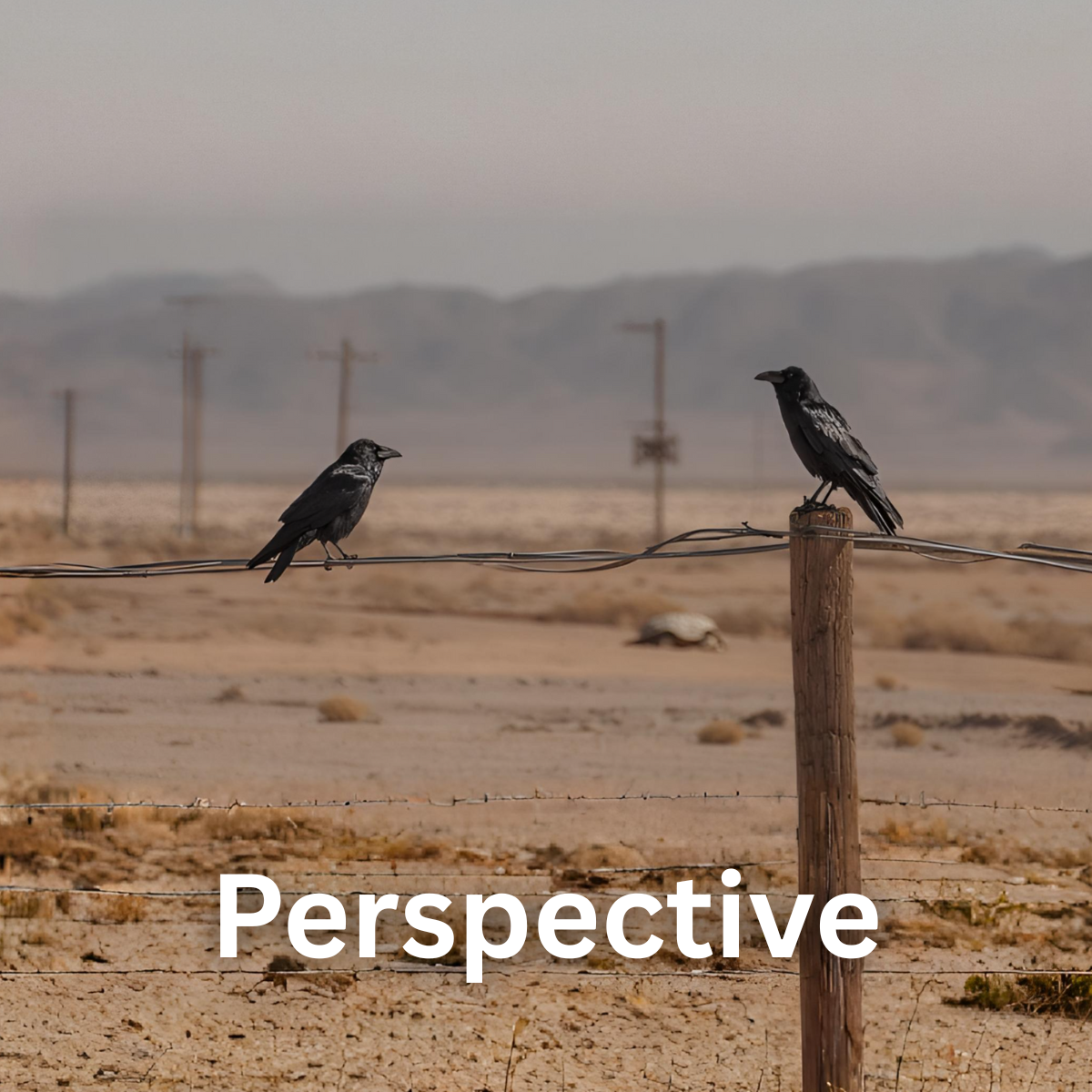. . . . continued from Your Turn My Turn Part I
So, that’s what Marti did, she sat in his office all day and watched him hold conversations around tough issues with his employees. She noticed that Art used a process that she later called the “Your Turn My Turn” process.
Here is what Art did. He would tell them what he needed to talk about, and within 15-30 seconds he would ask them to explain. He would look at the person and say, “So what do you know?” He would give them the first turn. He did not pretend to know everything about the situation. He did not give the impression that he had already made up his mind or knew all the facts. He gave them the first turn, reflecting a powerful communication principle, people feel respected when you listen to them, allow them share their point of view, their truth. Creating an atmosphere of respect is critical to the health of any organization, be it companies, families or any given gathering of people.
Importantly, while the person was speaking he would never interrupt them. Never. He would not correct them, he wouldn’t say, “No, it was four not three, but go ahead,” he would never do that, he would just listen. Art treated the person as if they might know something that he didn’t. He was open to learning new information, an important principle of good communication. The mark of an educated mind is to be able to “see” or take hold a point of view without necessarily agreeing with it.
Next, after the person had finished speaking, Art would summarize what they said, ask them if he had understood correctly, and give them the opportunity to clarify. “So, the problem with the quality is related to that . . . have I got that Right?” Art made sure that the person he was speaking with felt heard and understood. We all have a fundamental need to be understood, accommodating this need is a powerful communication skill.
Next, Art did something very powerful. He would ask their permission to share his views, a very deft communication tactic. He would say, “May I share my views with you?” Once again, an atmosphere of respect grew. Of course the person would always say yes, and now Art had the floor without force. Because the person had been heard, and had given permission , they were much more likely to listen. Interestingly, most of the time they really would just listen to what Art had to say. In some cases, a few people interrupted him, Art would say, “Now I listened to you, so please hear me out.” That was interesting because usually interruptions stopped right there.
Now that all the information is out on the table mutual planning could now take place. Art would focus on “what is the problem and the solutions we are going to find.” Good dialogue is all about collaborating (co-laboring) with others to find solutions. Art’s communication skills/habits, which he wasn’t even aware of, were so powerful that his people would say, “He could tell you off, but you come away thanking him!”
Powerful keys: Imagine your boss has some issue with you and calls you in to talk. They give you the first turn. They don’t start with what they know . . . they don’t act as if they have all the information . . .they are letting you go first. How does this make people feel? They find it very respectful and really appreciate it. They feel like you have not already made up your mind. Things you may notice: 1) the other person is not composing their comeback answers while you talk 2) you avoid making and acting on incorrect assumptions (this is huge!)
So there you have it, the Your Turn My Turn Process. Seeing the value in these habits is easy, incorporating them into our own habits of communication is hard. It takes daily effort and practice, so consider incorporating them into your 365 Commitment. Take good care!
Ben Wagner (102)
The 365 Commitment



